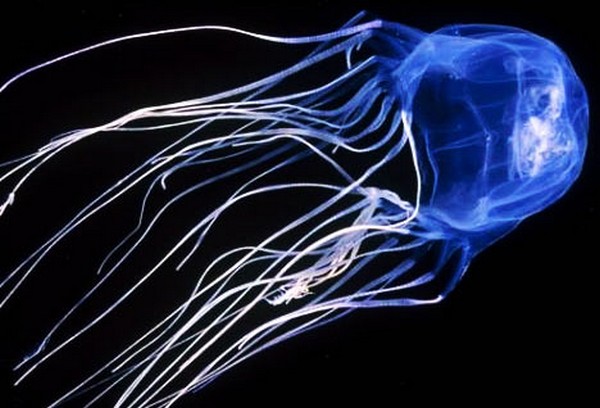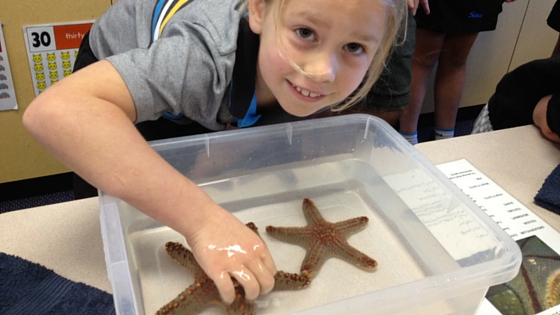 They are the most feared, yet the most misunderstood, of all marine animals – apex predators that pre-date the dinosaurs by an estimated 200 million years.
They are the most feared, yet the most misunderstood, of all marine animals – apex predators that pre-date the dinosaurs by an estimated 200 million years.
Of the almost 500 species of sharks swimming in our oceans, only a handful are the complex killers we hear about on the news – the majority have a far more sensitive side.
The reality is sharks don’t have a mean bone in their body… in fact they have no bones at all! Their skeletons are comprised of cartilage which is flexible and lightweight – allowing some to reach speeds of close to 100 kilometres an hour.
But while their sleek, race car bodies have helped them to survive for so long, ironically, it is also contributing to their downfall. Shark cartilage is used in beauty treatments and alternate medicines – a part of the reason 100 million of them are killed every year by humans.
It seems we have a love/hate relationship with these fish – while movies like Jaws are enough to keep some of us high and dry on the sand during a trip to the beach, others go to great lengths to absorb nutrients from sharks, adopting an eat or be eaten approach.
Shark fin soup is a delicacy in Asia and demand for the prestige product has led to the decimation of some species including the scalloped hammerhead. The process of removing the dorsal fin from a live animal is illegal in Australian waters, but the practise is difficult to police.
But what many of us miss in our obsession with sharks, is some of their truly extraordinary abilities. Unlike humans, they breathe through gills, so their nostrils are purely dedicated to smelling. Their sense is so refined, they can detect one drop of blood in 100 litres of water. Even more astounding is they can identify which of their two nostrils picked up the scent to determine the direction to swim to track their prey.
But it’s not just smell they’re tuned into – their ability to pick up on electrical impulse and vibrations is so acute, they can sense a Double A battery from 3 kilometres away. And while these skills are designed to help them locate food, some species can survive for up to 3 months between meals – the ultimate fasting regime!
Apart from their unparalleled skill in sensing their next feast, sharks are also well equipped to chow down their catch. They are known for their multiple rows of razor sharp teeth – and it appears they have an endless supply. While humans have one set of large teeth to last a lifetime, many species of sharks can grow tens of thousands, quickly replacing any that have gone blunt and fallen out.
And while this may seem terrifying to us, the reality is we are not on their menu. Attacks on humans are generally a case of mistaken identity – surfers are the most common target, mimicking the shape of a seal on the surface. While it may be of little comfort, statistically, you are more likely to be killed by a falling coconut or a flying champagne cork than to be taken by a shark.
Ocean Life Education runs a Shark Discovery program that helps to separate fact from fiction when it comes to the most feared fish in the sea. It is one of our most popular presentations as we explore all the fascinating features that make these apex predators such effective hunters yet strangely vulnerable at the same time.
When all the hype and hysteria is removed, it is easy to see how sharks play a vital role in maintaining balance in the marine eco-system. Deep down, (and also on the surface of their snout!), they really are quite sensitive.


 Education Innovator Sir Ken Robinson recently noted: “A great teacher obviously knows their material, but the real skill is engaging them in the material, getting them excited and curious, and firing up their imaginations.”
Education Innovator Sir Ken Robinson recently noted: “A great teacher obviously knows their material, but the real skill is engaging them in the material, getting them excited and curious, and firing up their imaginations.”
